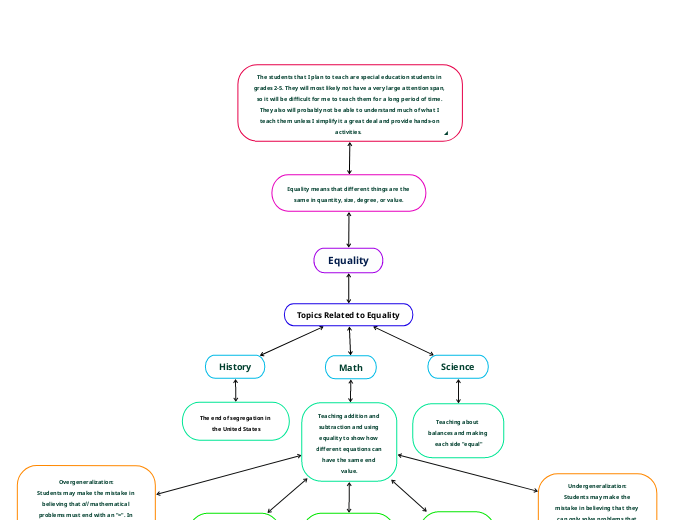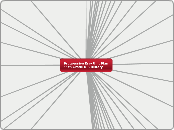по Klea Myers 2 лет назад
159
Equality
Teaching special education students in grades 2-5 presents unique challenges due to their limited attention spans and the need for simplified instruction. Effective teaching strategies include breaking down complex concepts and incorporating hands-on activities to maintain engagement.









